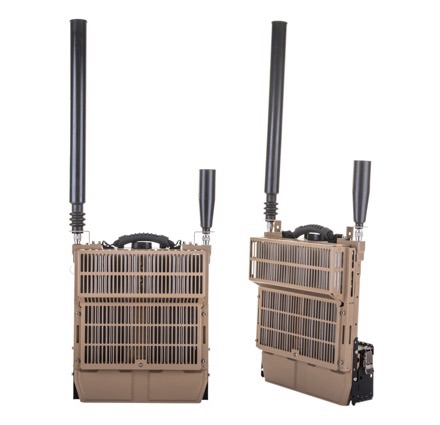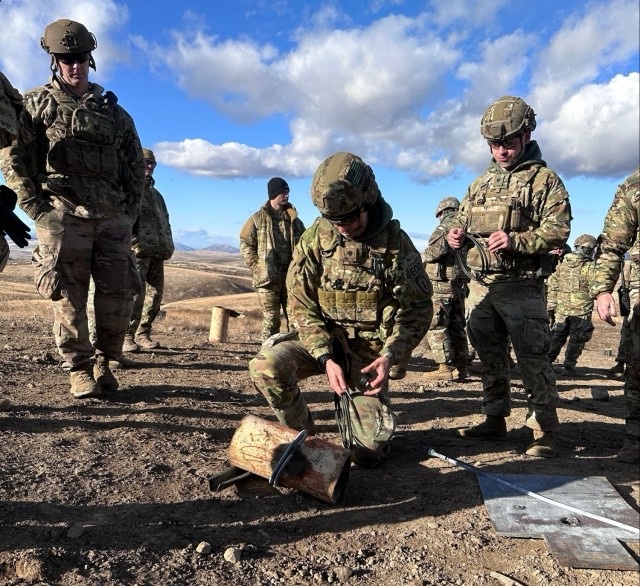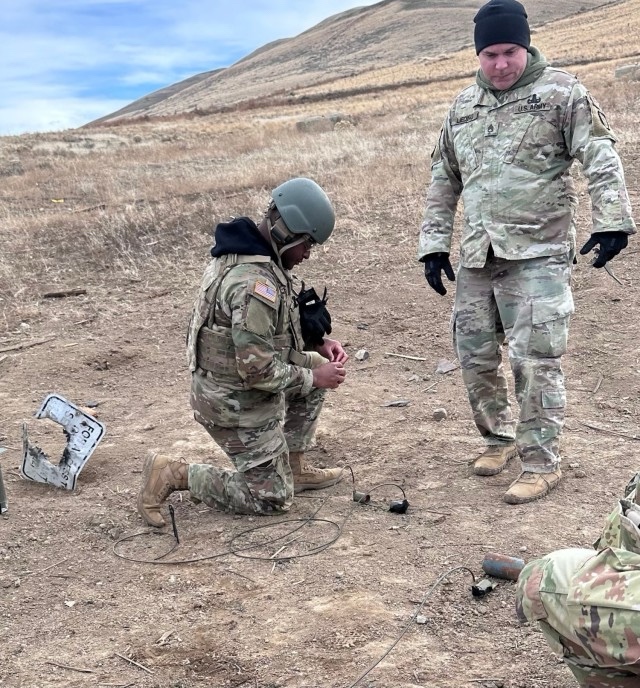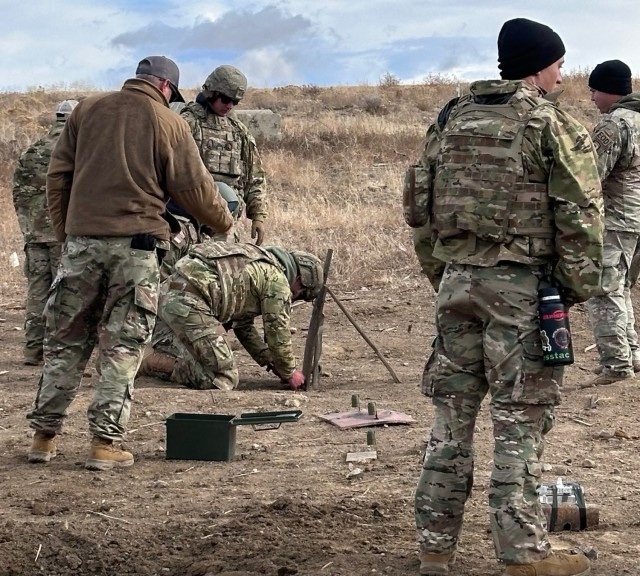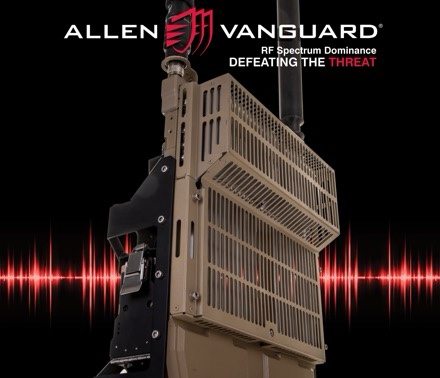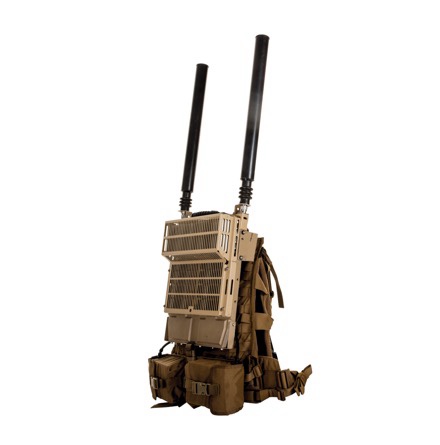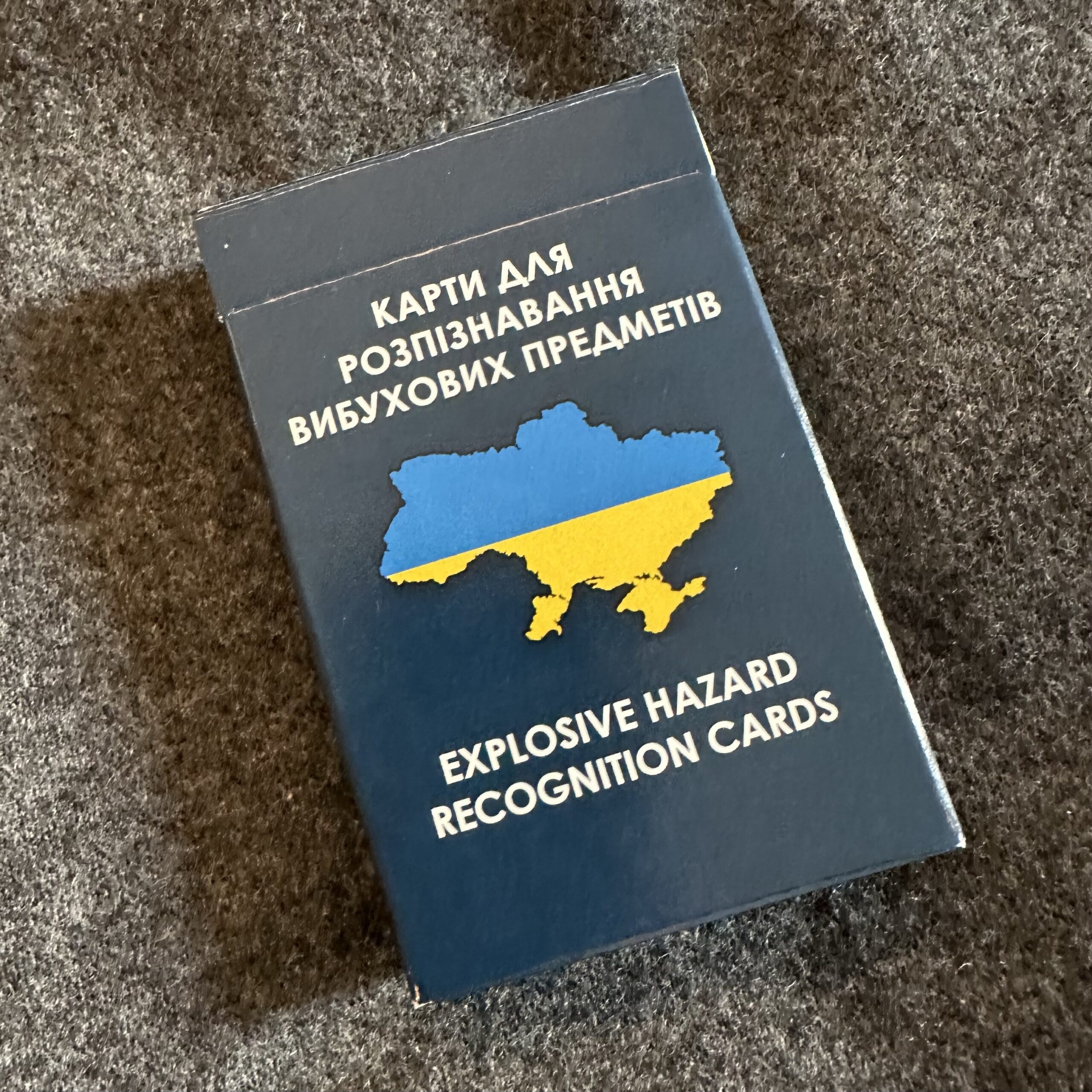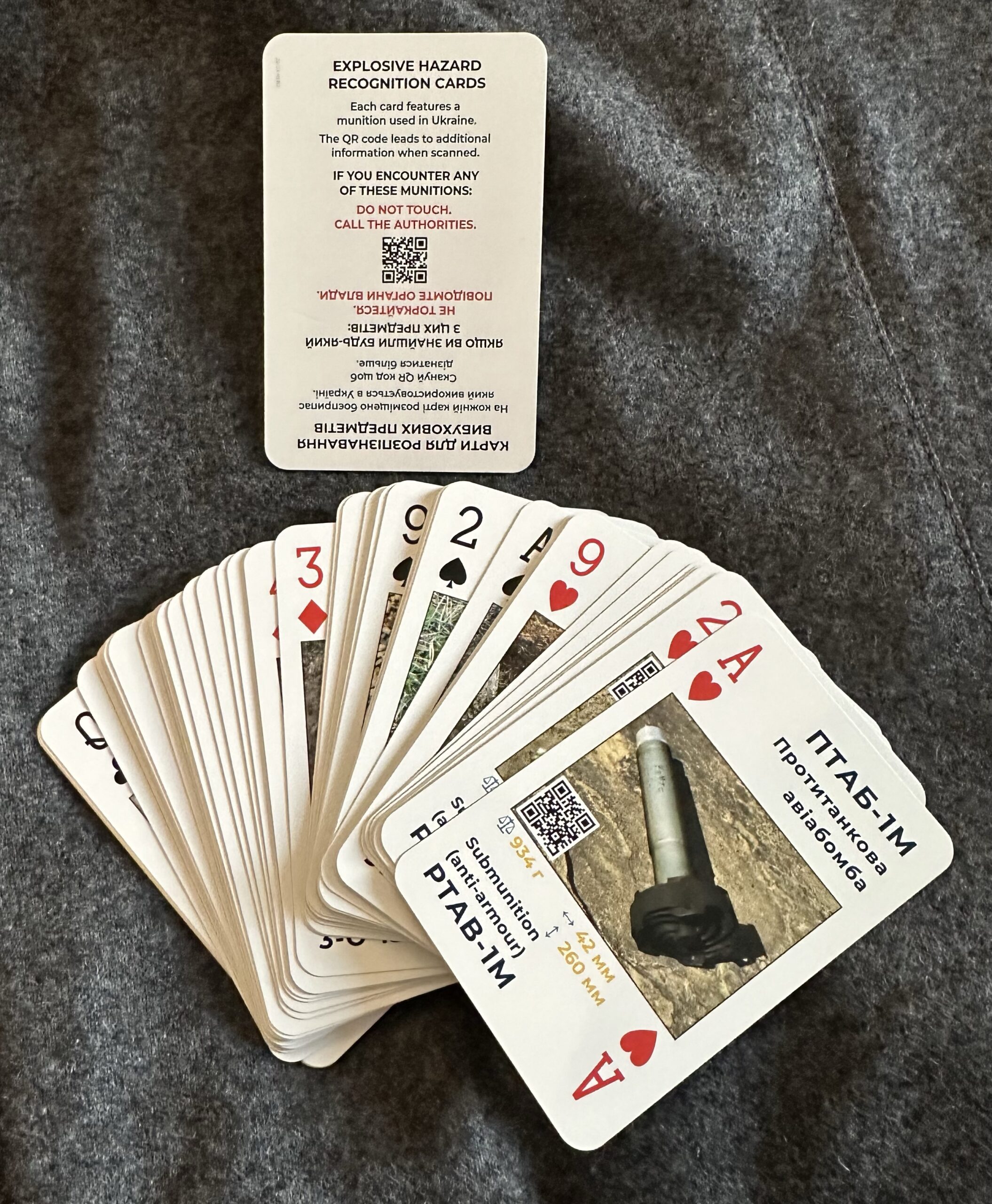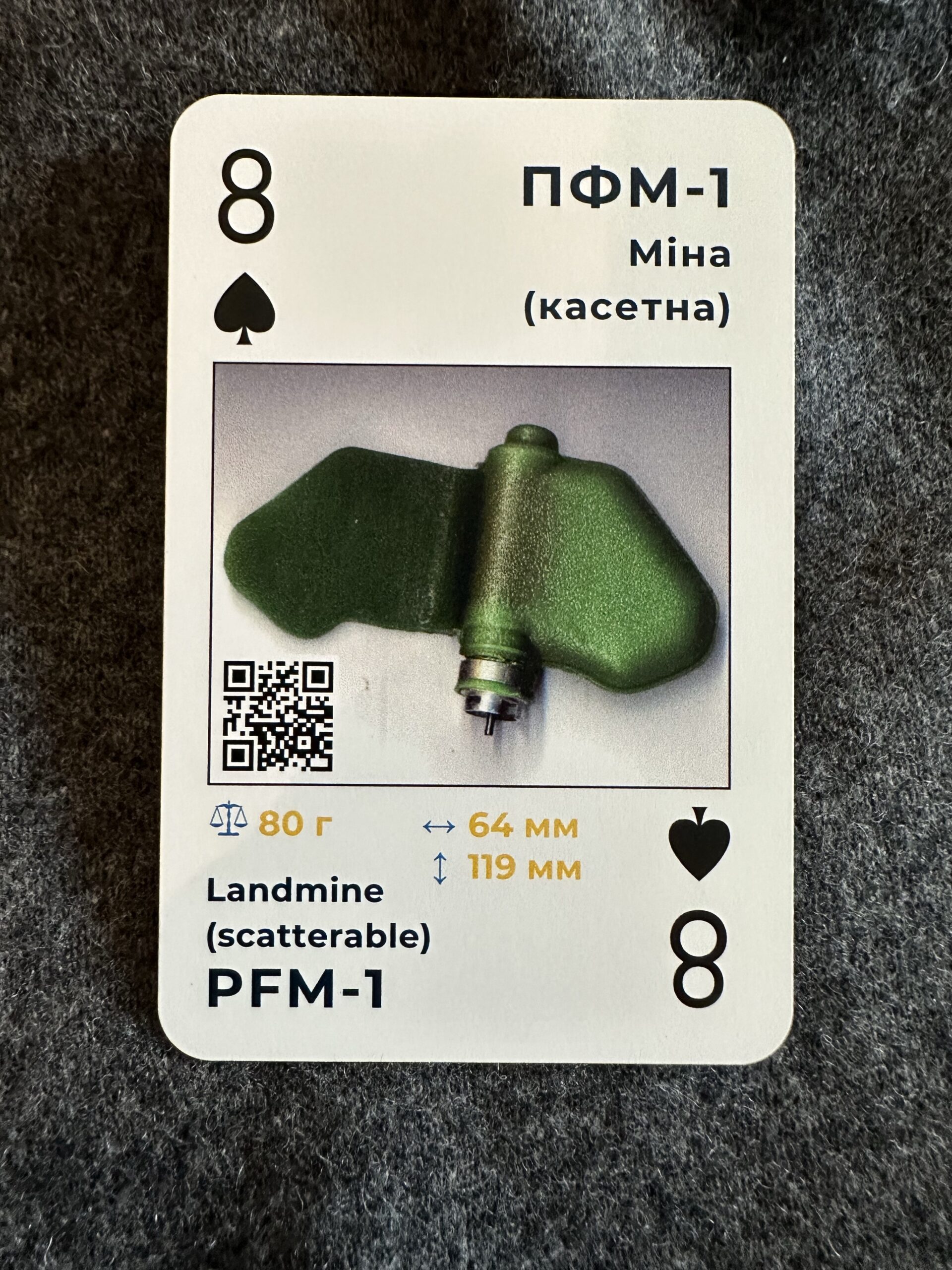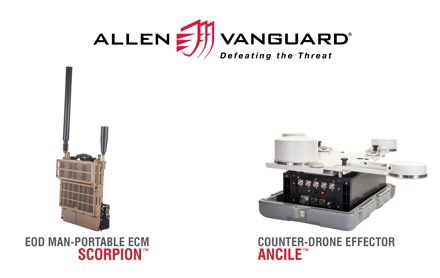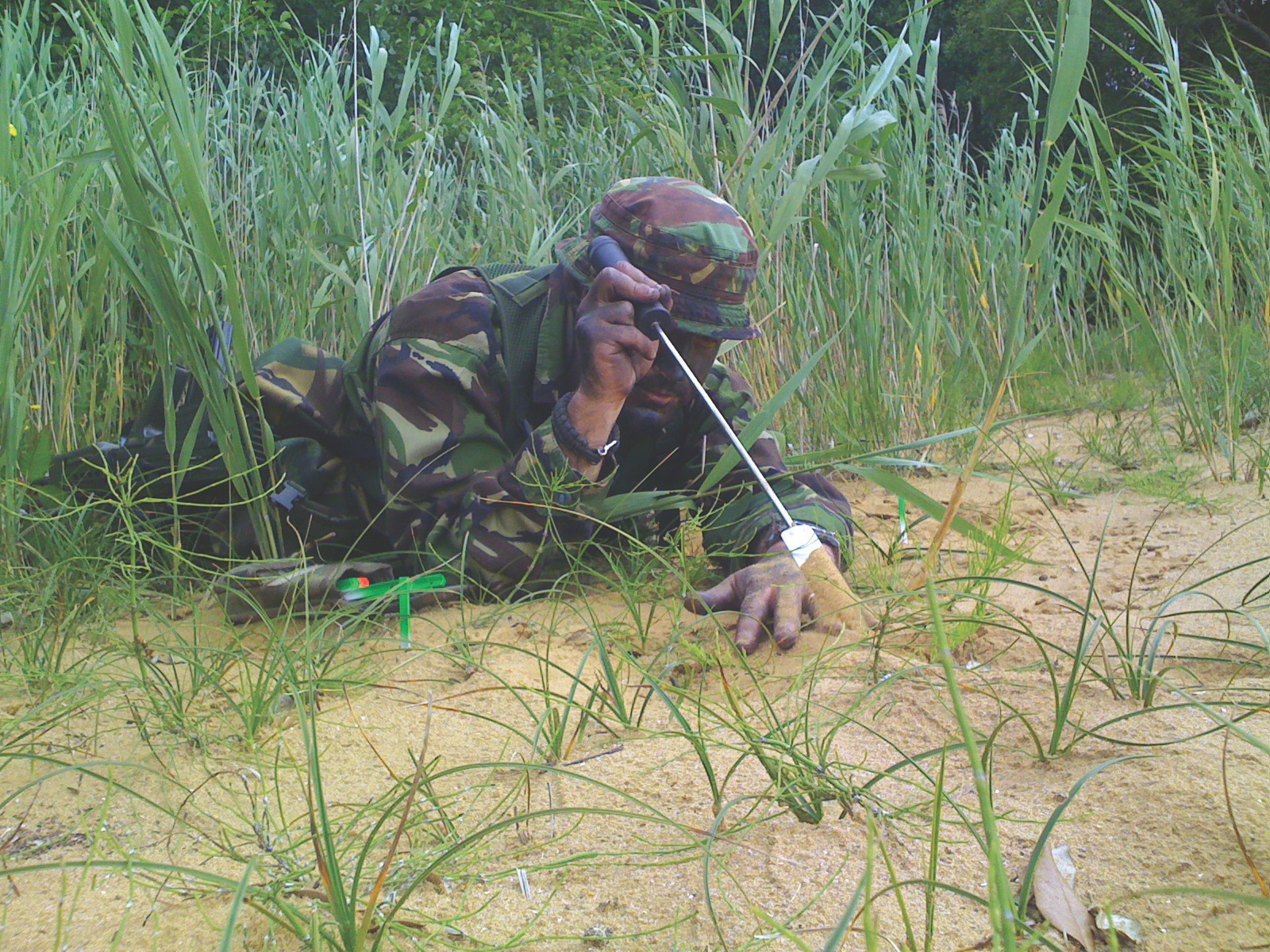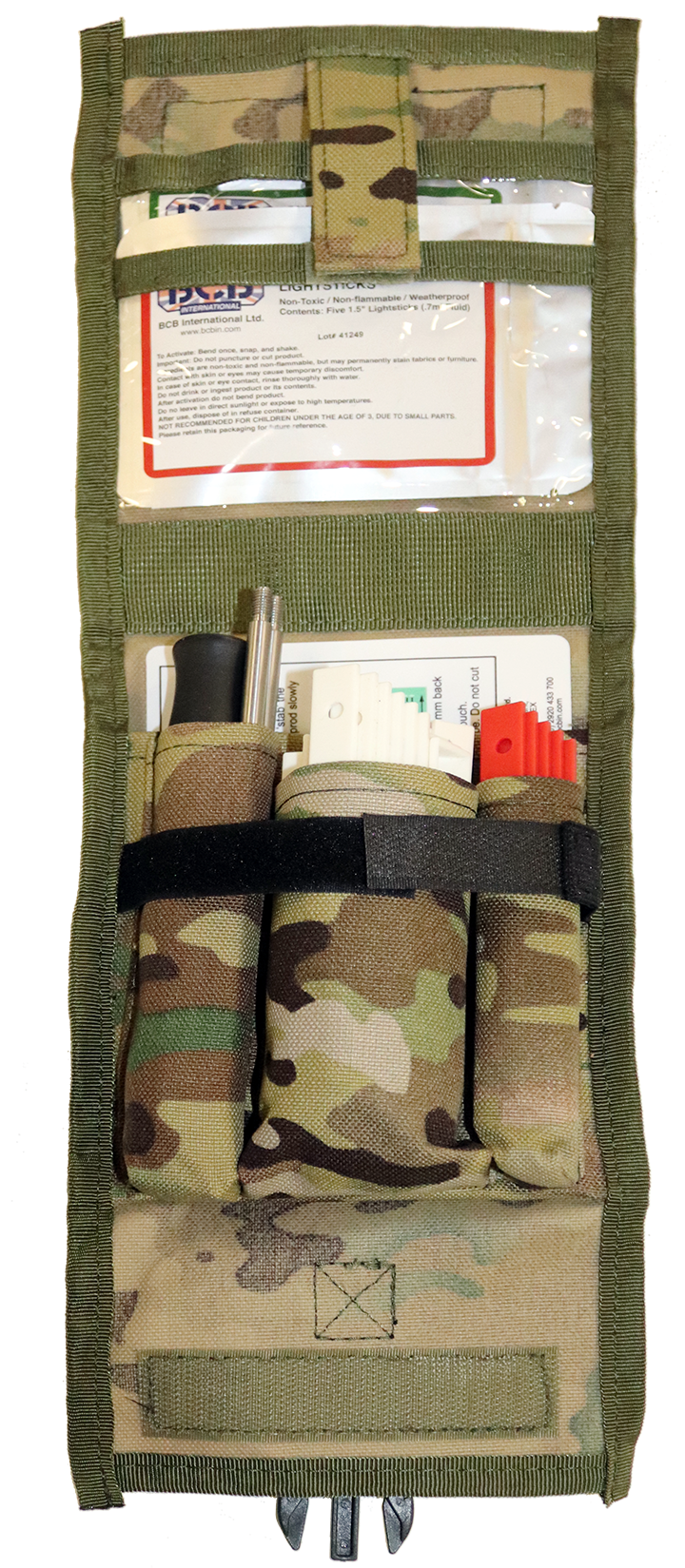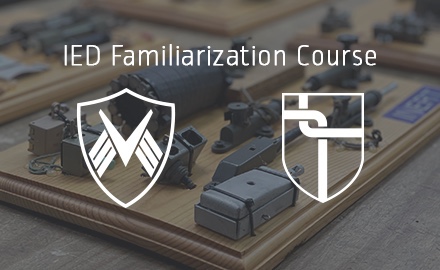Tampa, Florida – May 2024
FLAIM Systems has been awarded a contract from the Australian Army to further develop the FLAIM Sweeper, an immersive countermine and explosive hazard awareness training system. The contract incorporates the purchase of multiple systems to conduct an extended trial and user evaluation across the Army’s School of Military Engineering and its Combat Engineer and Special Operations Engineer Regiments. The FLAIM Sweeper enables defence combat engineers to undertake land mine detection and clearancetraining and offers explosive hazard awareness training for all deploying personnel in a fully immersive ‘feels-real’ training environment.

Complementing traditional counter mine/IED field training, the FLAIM Sweeper combines high-resolution, high-fidelity virtual minefields and explosive hazard training lanes with the performance of industry standard mine detection equipment. Embedded haptics delivers a feels-real kinesthetic mine clearance learning experience in a safer environment. With a ‘reps and sets’ approach, the system helps build procedural muscle memory and tactical proficiency, while facilitating the delivery of an After-Action-Review following each training session.
The contract is the result of a successful demonstration that concluded the 2023 Phase 1 Proof of Concept initiated through the Defence Innovation Hub. The demonstration highlighted how immersive learning complements existing training protocols, while mitigating skills fade in high-risk roles. The benefits of replicating the conduct of mine clearance operations were evident and thus the FLAIM Sweeper was integrated as a core test within the Royal Australian Engineer Corp’s annual Skills Competition, The Steele Cup.

“We are humbled to have been awarded a contract to continue to develop and deliver the FLAIM Sweeper for use by the Australian Army” said Dr James Mullins, Head of Innovationat FLAIM Systems. “Immersive learning is an effective solution for skills acquisition and maintenance for environments that are too dangerous or difficult to replicate in real life”.
Immersive learning provides the closest experience to a real-life event, offering an environment where trainees can practice without the danger, cost, and logistical burden of physical training to complement existing training protocols.
“At FLAIM, we strive to deliver solutions that enhance the readiness of those on the front line” added Simon Miller, CEO at FLAIM Systems. “The contract with Australian Armydemonstrates FLAIM’s partnership approach in delivering purposeful solutions that complement our customers’ training protocols. This is a fantastic opportunity to enable a prepared defence force, while demonstrating the crucial role immersive learning can play in offering safer training solutions.
FLAIM Systems will be hosting private demonstrations of the FLAIM Sweeper on the Team Defence Australia pavilion (Booth #721) at SOF Week from 6-10 May. FLAIM invites attendees to contact info@flaimsystems.com to book a demonstration.


